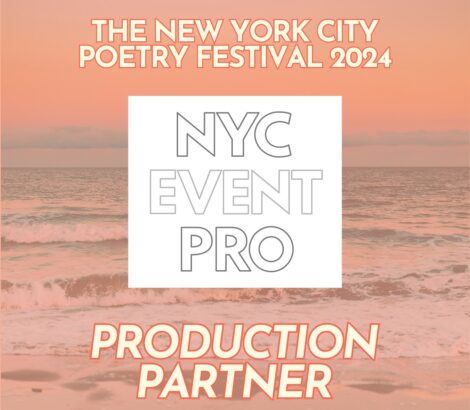Lighting plays a crucial role in video mapping because it establishes the atmosphere and tone of the exhibit. Different lighting methods can elicit various feelings and reactions from the audience. For instance, using gentle, warm illumination can create a welcoming atmosphere, while bright, cool illumination may create a more dynamic or intense effect. By carefully selecting light hues and intensities, creators can manipulate how audience perceive the projected images, leading to a more engaging experience. The balance between projection brightness and surrounding light is essential, as it can significantly affect the visibility and effect of the visuals.
In addition to, color and brightness, the angle of light also influences the efficacy of projection. Illumination from different directions can create shadows and accents that introduce depth to the projected images. This method, known as light and shadow, can enhance Continued the three-dimensionality of the objects being mapped. Furthermore, using moving illumination can introduce dynamism to the display, making the experience more engaging for the viewers. When the light interacts with the projected visuals, it can create an effect of movement and transformation, grabbing the audience's attention.
Another essential aspect of lighting in projection is the use of special features. Methods such as patterned illumination, which employs shapes and forms to project light, can introduce depth and intricacy to the projections. This approach enables creators to layer images and create visually stunning results that enhance the projection. Moreover, adding laser lights or light-emitting diode lights can further look at this now enhance the exhibit, providing a distinct mix of sight elements that draw the viewers in. These unique features, when used carefully, can elevate the projection beyond a simple display to an immersive work of creativity.
In conclusion, the influence of illumination methods on motion mapping is significant. By comprehending how various illumination components interact with projected images, artists can create captivating experiences that resonate with viewers. The careful selection of color, intensity, direction, and special features enables for a vivid canvas of visual storytelling. As tech advances to evolve, the options for creative expression in projection will only grow, making illumination an ever-important component in this innovative art medium.
